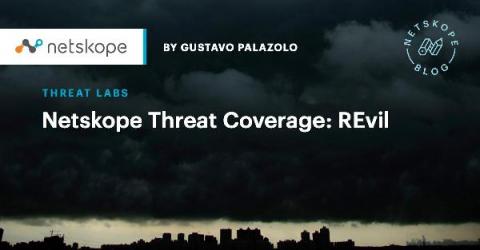Addressing the Ransomware Attack Against Kaseya VSA Customers
On the afternoon of July 2, 2021, Kaseya reported that it had been impacted by a ransomware attack affecting its Virtual System Administrator (VSA) product and advised users to shut down VSA servers immediately. Initial reporting indicates this was a well-orchestrated supply chain attack impacting about 60 managed services providers (MSPs) and up to 1,500 client organizations by leveraging a zero-day vulnerability (CVE-2021-30116).











